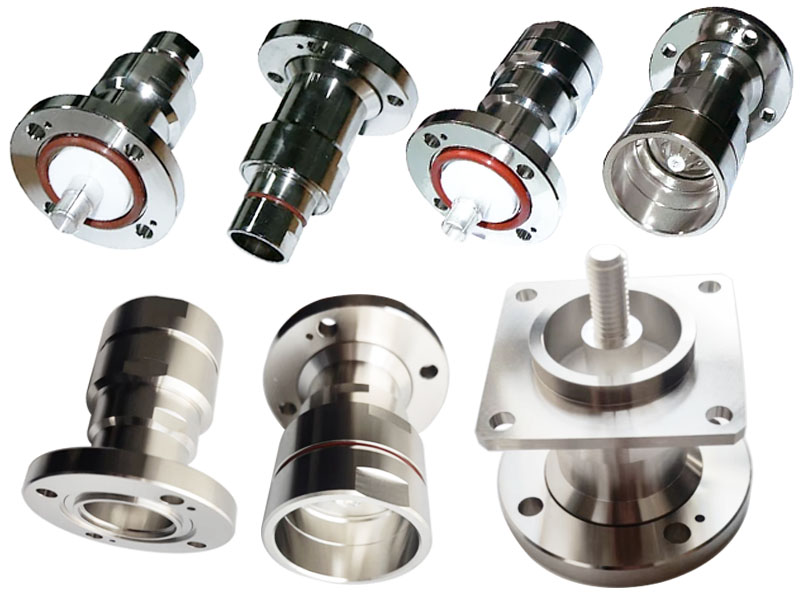-
We’re On Call 24/7 : +8613538296050
-
E-mail : anna@rohoconnector.com
We’re On Call 24/7 : +8613538296050
E-mail : anna@rohoconnector.com
In the world of electrical connectors, the EIA Flange Connector stands out as a reliable and versatile choice. Renowned for its robust structure and efficient performance, this connector has found widespread applications in various industries. This article delves into the installation methods and applications of the EIA Flange Connector, highlighting its importance in modern technological advancements.
The EIA Flange Connector, also known as EIA/RF Connector or EIA Coaxial Connector, follows the Electrical Industries Association (EIA) standards for its design and specifications. It features a threaded coupling mechanism that ensures a secure connection between the male and female components.
The installation of EIA Flange Connectors requires precision and adherence to the recommended procedures. Here are the steps for a typical installation:

Prepare the Equipment: Gather the necessary components, including the EIA Flange Connector, coaxial cable, coaxial stripping tool, crimping tool, and connector torque wrench.
Strip the Cable: Use the coaxial stripping tool to remove the outer jacket and expose the desired length of the inner conductor and dielectric. Be cautious not to damage the conductor during this process.
Trim the Dielectric: Trim the dielectric to the specified length, ensuring it is flush with the connector's inner edge.
Attach the Connector: Slide the EIA Flange Connector onto the stripped coaxial cable until it rests against the dielectric. Make sure the connector threads properly engage with the cable shield.
Crimp the Connector: Use a suitable crimping tool to secure the connector onto the cable shield. Apply sufficient force to create a strong and reliable connection.
Torque the Connector: Employ a connector torque wrench to tighten the connector to the recommended specifications. This step ensures proper electrical performance and prevents signal loss.
The EIA Flange Connector finds applications in a range of industries, including telecommunications, broadcasting, aerospace, defense, and medical equipment. Its robust construction and high-frequency capabilities make it suitable for various tasks, such as:
Telecommunication Networks: EIA Flange Connectors facilitate the transmission of signals in cellular towers, satellite communications, and Ethernet systems, ensuring seamless connectivity.
Broadcasting Systems: These connectors are vital in broadcasting applications, where they enable the transmission of audio and video signals with minimal loss and interference.
Aerospace and Defense: EIA Flange Connectors are extensively used in radar systems, avionics, military communications, and satellite navigation systems. Their reliable performance makes them ideal for critical applications.
Medical Equipment: From diagnostic imaging devices to patient monitoring systems, EIA Flange Connectors play a crucial role in medical equipment by ensuring accurate and reliable signal transmission.
The EIA Flange Connector has established itself as a go-to choice for high-frequency applications due to its superior performance, robust structure, and adherence to industry standards. Its precise installation process ensures minimal signal loss and reliable connectivity, making it essential in a wide range of industries. As technology continues to advance, the EIA Flange Connector remains at the forefront of facilitating seamless communication across diverse sectors.